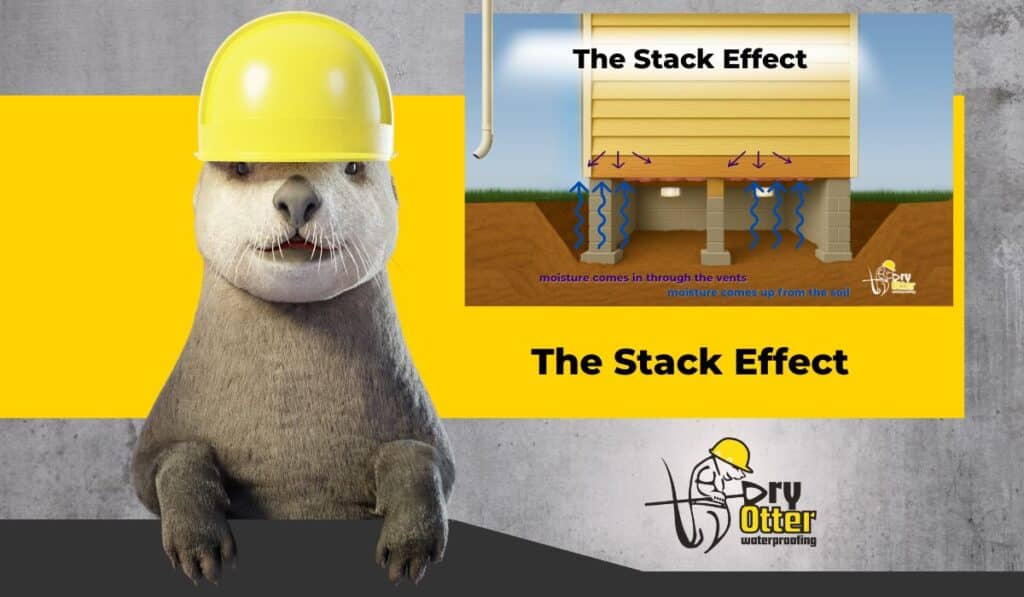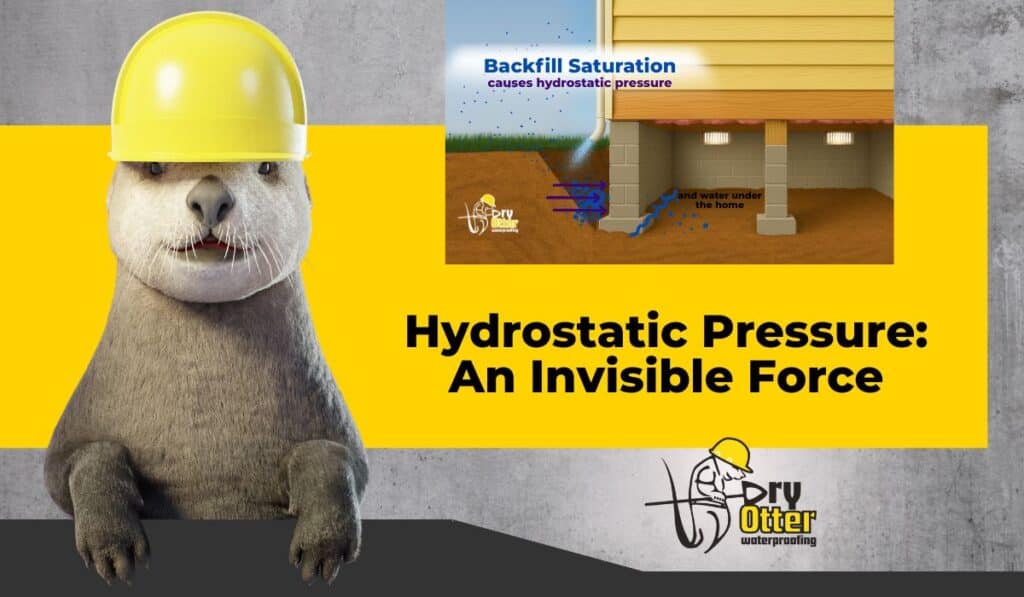Imagine it. A house your grandparents or great-grandparents would have lived in. Maybe it was like the Gale farmhouse on the Wizard of Oz, a rectangle house with a picket fence and chickens and hogs running around.
Most of the houses of the day were built on pillars of rocks or blocks with no underpinning. The windows and doors were left open and the house was cooled by a breeze.
Your grandparents probably never even thought of the crawl space other than somewhere for the dogs to sleep because it was mold and mildew free and not a concern.
Eventually, people decided they’d like to keep the dogs and critters out and home builders began to close the crawl space with a curtain of brick around the outside.
They realized that was a bad idea though, because it would lock in the moisture that comes from the ground under a house. So they decided, “Let’s cut some holes in the brick!” So the code was instated that for every 100 square feet, there would have to be an 8 by 16 inch vent if the builder closed the crawl space.
This plan almost worked, but as time continued to pass, more improvements were made to the houses. People liked to keep the bugs out and the house cooler, so they closed the windows and installed air conditioning.
And to keep the cold air in, they added insulation, in the walls and in the floor. And people liked bigger houses, so they built them bigger. And to help out on the power bill, they made the houses tighter and tighter. This makes for an comfortable house. But paired with a vented crawl space, a cold, tight house is a recipe for disaster.
The problem can be explained with some simple science that you probably learned in middle school.
- Hot Air Rises– Any warm air in your house will rise to the attic.
- The Stack Effect– No home is perfect, so air escapes through gaps in the top of the house. As warm air escapes through gaps in the attic, such as vents, eaves, and cracks around windows, a pressure imbalance occurs. To restore equilibrium, air enters the house from down low, through the crawl space vents and tiny cracks in the floor. The air rises through the house kind of like air in a chimney, which people use to call a stack, so the phenomenon is called the stack effect.
- Relative Humidity (RH)- RH is the amount of moisture in the air compared to the maximum amount it can hold based on it’s temperature. When humid air is pulled in through the vents in the crawl space to replace the air that seeped out of the roof, it cools down because it’s shaded and around potentially leaky air conditioning ducts. Cooler air can not hold as much moisture. For every degree of temperature drop, the relative humidity increases by 2.2%. So when humid air comes into a cool crawl space, the relative humidity can rise above 70%. When it gets this high, mold can grow!
Nowadays, our homes have facets on facets, lush lawns, and the only animals allowed are Totos on our laps. Kansas might be okay, but from Texas to Virginia, the air outside has too much moisture for the crawl spaces our houses sit on these days.
So you might have musty smells and mold on your baseboards (something Auntie Em wouldn’t tolerate but you don’t have to).
Dry Otter Waterproofing can’t give you a heart, a brain, or courage, but we can install a proven crawl space solution. We recommend crawl space encapsulation, where the floor, walls, and columns of a crawl space are sealed off. Paired with proper drainage and a dehumidifier, an encapsulation will prevent the entry of rain, ground water, and humid air, and keep the crawl space dry and mold free.
Don’t let a crawl space ruin your day like it did the Wicked Witch of the East. Call today to set up a free inspection, or follow us on social media to learn more about foundation waterproofing.











